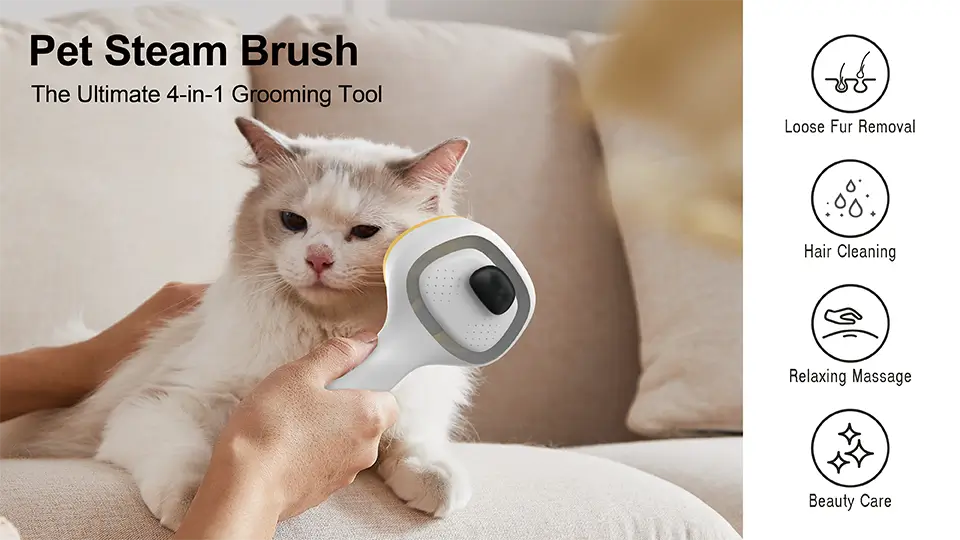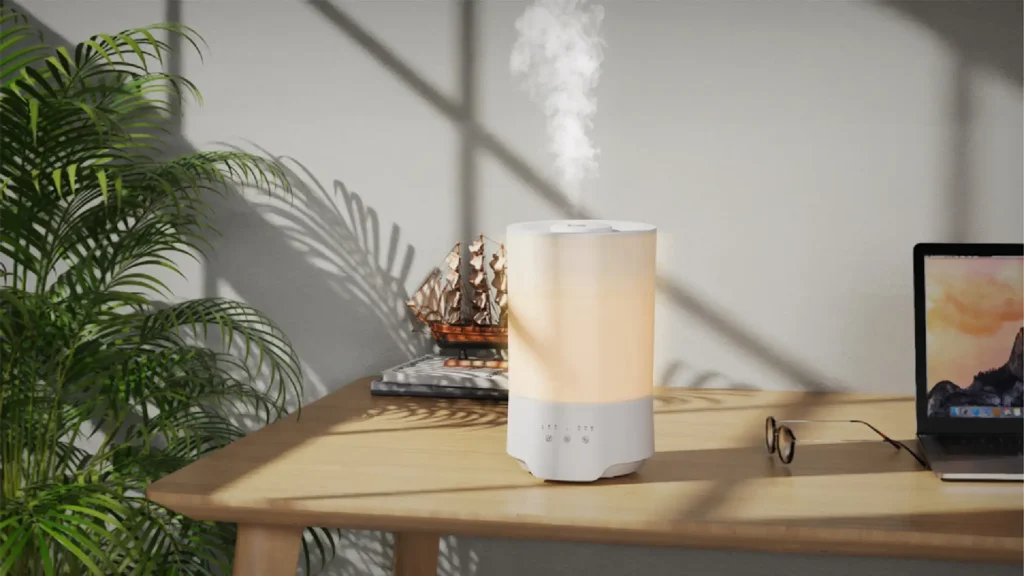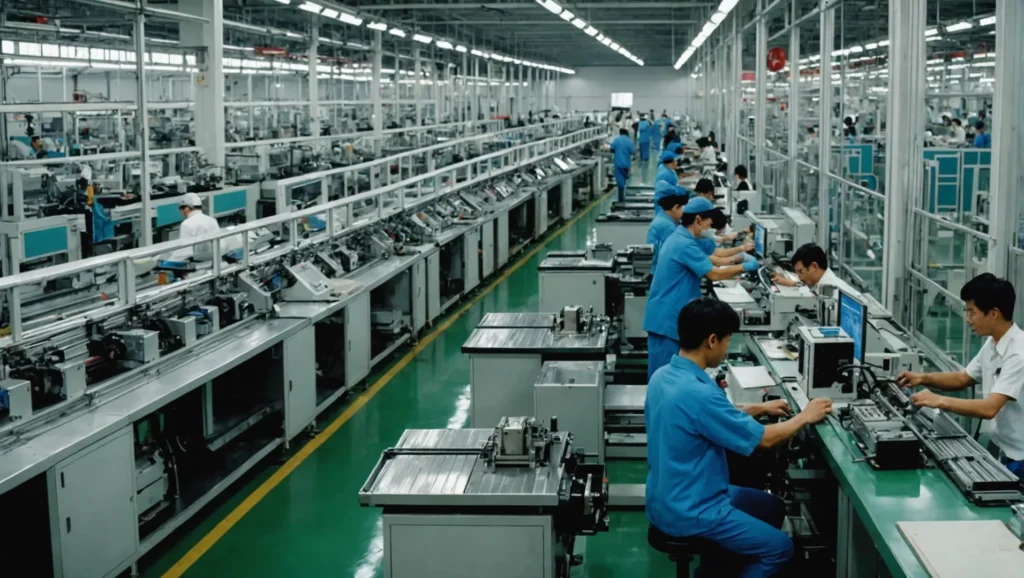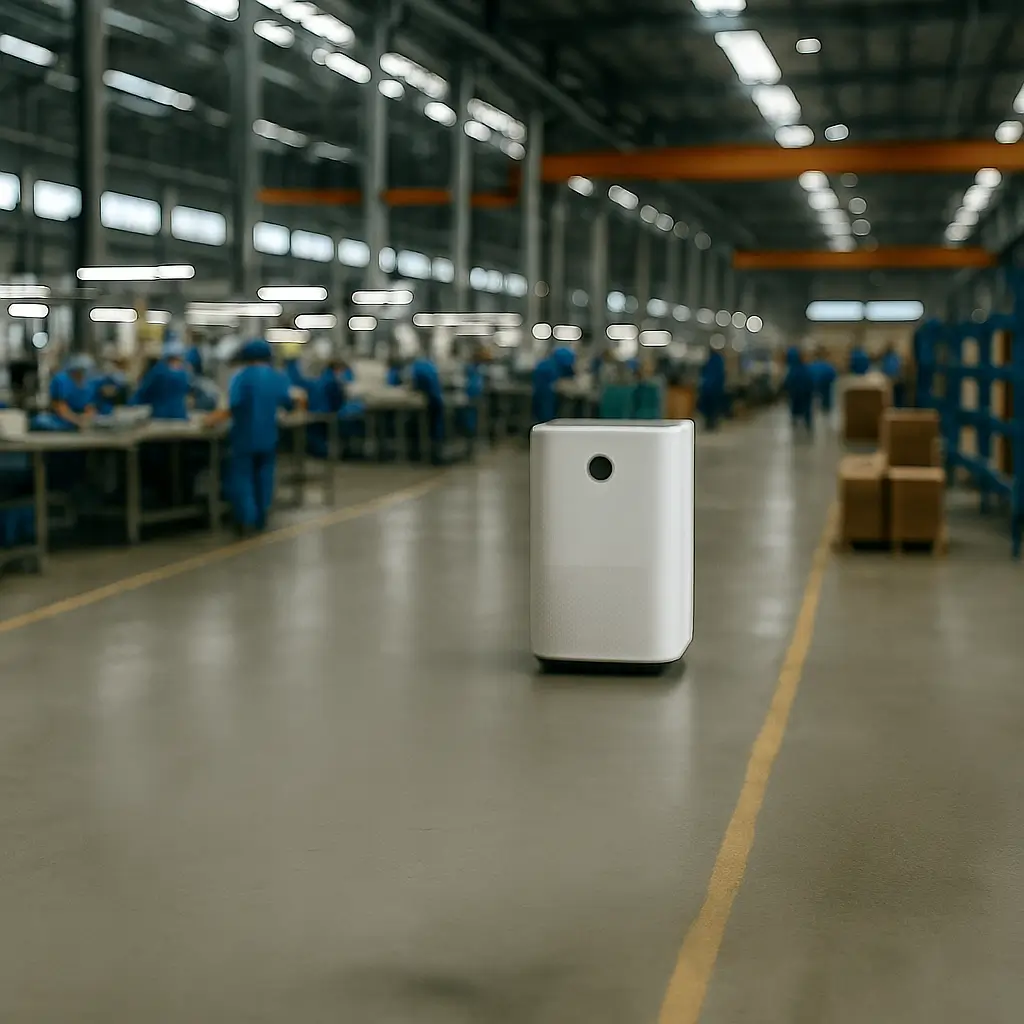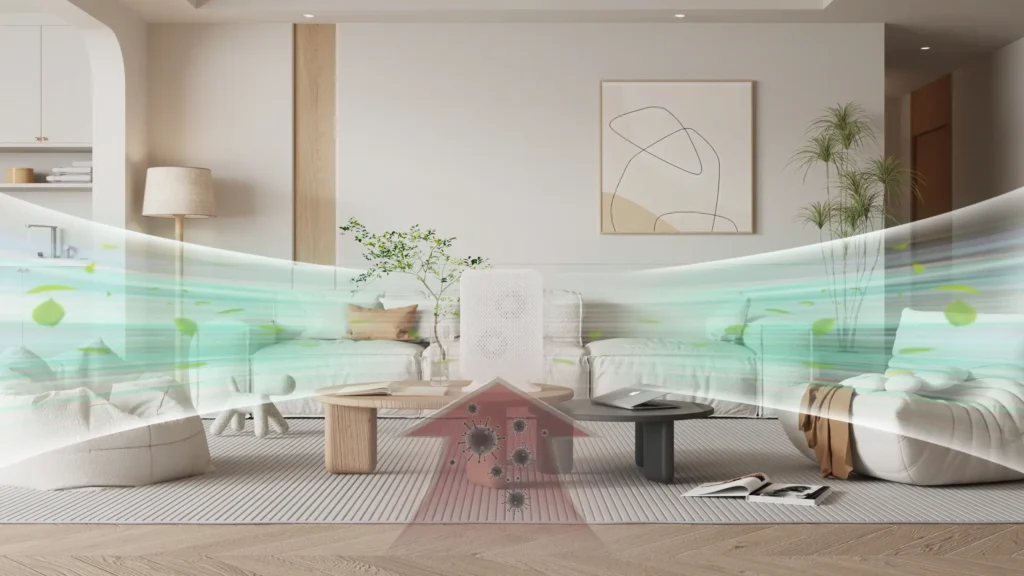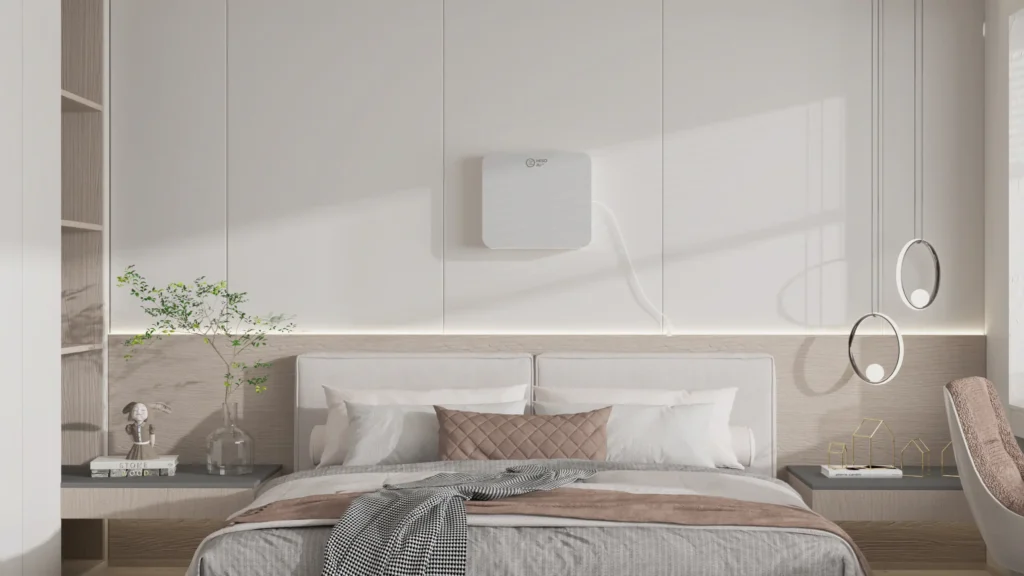Dust is seemingly harmless. But once you get to know its effects, you'll wish that it would disappear from your home. Fortunately, there are lots of ways to do so.
One of the most prevalent airborne pollutants in houses and buildings is dust. Since it is abundant and microscopic, controlling its presence is quite difficult. Even if you are not residing in rural areas, dust is there. In fact, urban jungles are quite riddled with dusty problems.
The thing is, it is quite impossible to remove dust in the air completely. It requires rigorous effort to ensure that they won't settle in your indoor space. For instance, you might maintain a regular cleaning regimen. But your actual best hope here is to minimize dust presence.
There are ways you can regulate the proliferation of dust in your living spaces, such as the use of high-quality air purifiers. In this article, we will expound on these techniques for you.
Where Does Dust Come From?

Image Source: Vecteezy
The dust in your home comes from a plethora of sources. And the dust from your neighbor might be different from your home. So one could really say that this contaminant is something that you can't just deal with conveniently.
Specifically, dust is a composition of various matters such as skin cells, tiny fabrics, and dirt. The soil attached to your shoes may spread and become dust in your home. So that's something that you should watch out for. But at the same time, there are already dust sources in your home, such as upholstered furniture, carpets, and the books you store on the shelves.
Even your pets can be a source of dust, as well. At the same time, the smoke and air coming outside could also bring inside your home. Furthermore, you should also realize that the dust mites in your home could also speed up the dispersion of dust indoors. Overall, dust is like a hodgepodge of different (mostly nasty) things.
Is It Normal to Have Dust in the Air?
As mentioned, dust is a prevalent contaminant in the air. After all, it is derived from multiple sources. So whether you like it or not, you will be dealing with this problem unceasingly.
At this point, one could say that dust is already a "normal" occurrence. It will always be likely that your home has dust, especially if you don't do regular cleaning. The build-up will always be there.
What is not normal is when you let this dust proliferate inside your home without implementing measures that could control it. That's the moment where the effects of dust would come in. An example of these measures would be using room-based air purifiers.
Can Dust Be Dangerous?

Image Source: Unsplash
The dust has an adverse effect on our health. The dust particles that float in our air are very small. They get into our eyes, nose, and mouth, where they can cause illnesses and aggravate existing conditions.
Many people are sensitive when it comes to dust exposure, given that this contaminant is a lung irritant. Once you inhale dust in large quantities, you will experience discomfort in your respiratory system. Individuals who have allergies are likely to suffer more allergy attacks, especially if the dust contains pollen, mold spores, and dander.
In severe cases, exposure to dust can induce asthma attacks, dermatitis, and bronchial infection. If the dust contains chemicals, then it is likely that you'll suffer from further health complications.
Common Areas in Your Home Where There Is Dust
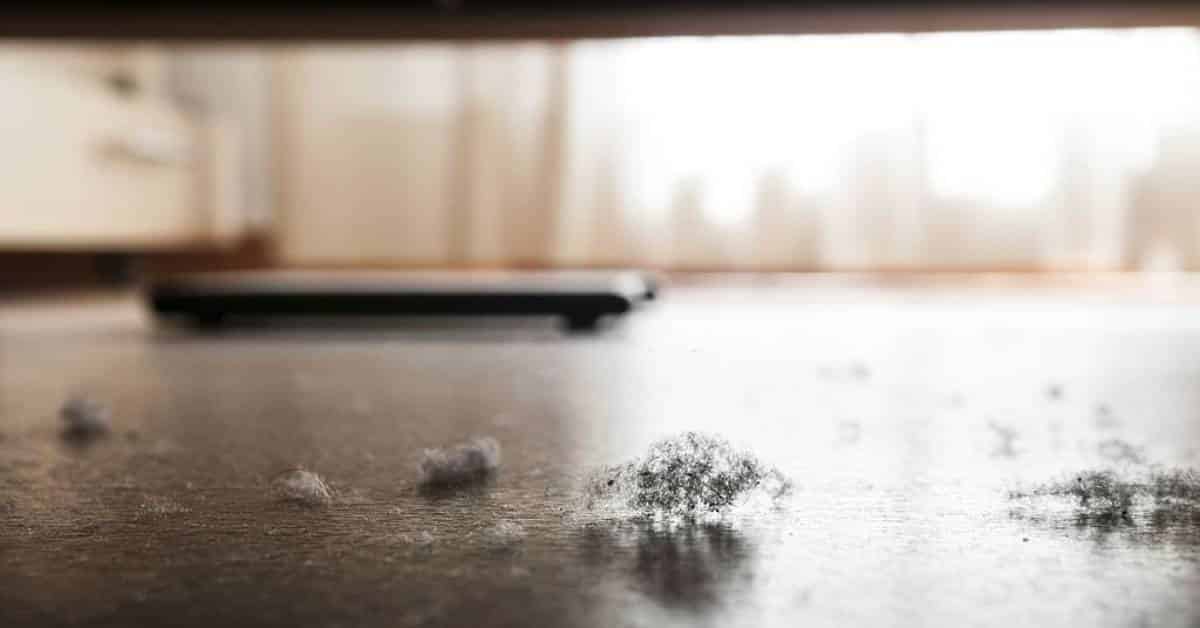
Image Source: iStockphoto
Generally, your home is susceptible to dust build-up. There's no reason for you to think that one part is safe from this contaminant. But most of the time, dust is commonly occurring in these areas:
Living Rooms
Living rooms are always riddled with dust problems. The reason for this is because of the high human traffic in these areas. People come and go here. Hence, it is evident that the traces of dirt they brought would be left here. The nearby proximity of windows and doors also makes living rooms prone to dust build-up.
Bedrooms
Surprisingly, your bedrooms are also prone to dust proliferation. As mentioned, dust mites can produce dust themselves through the dirt they produce. At the same time, bedrooms are also areas where human traffic is high. So one way or another, there's a possibility that you are also bringing dust into this living space.
Kitchens
Kitchens are among the busiest parts of our homes. This is where people eat, cook food, and do dishes. There's always a tendency that dust would proliferate here. The combination of human activity and natural sources of dust would make kitchens one of the dustiest places in homes.
Basements
If your home has basements, it is likely that dust is also building there. Most of the time, basements are often ignored. Homeowners aren't that too keen when it comes to cleaning it. At the same time, ventilation in basements isn't that great. So whatever gets in there won't be gone. The concrete walls and floors would eventually produce residues that would turn into dust.
Why Is Dust Purification Important?
Dust, although invisible (mostly), is a respiratory irritant. It is capable of causing different types of illnesses, including coughing and wheezing. Dust is also bad news for allergy sufferers, as it can easily trigger flare-ups and asthma attacks.
These dust-related complications are among the reasons why dust removal should become a priority of every household. If you can't remove them fully, then at least reduce their numbers to a more tolerable degree. Efficient dust management will help you avoid the respiratory problems that dust can cause.
You could also say that dust could make your homes dirty. You don't want to reside in a dusty place, right? Hence, it is essential that you remove dust through the use of effective cleaning methods.
Adding Air Purifier to Get Rid of Dust in the Air
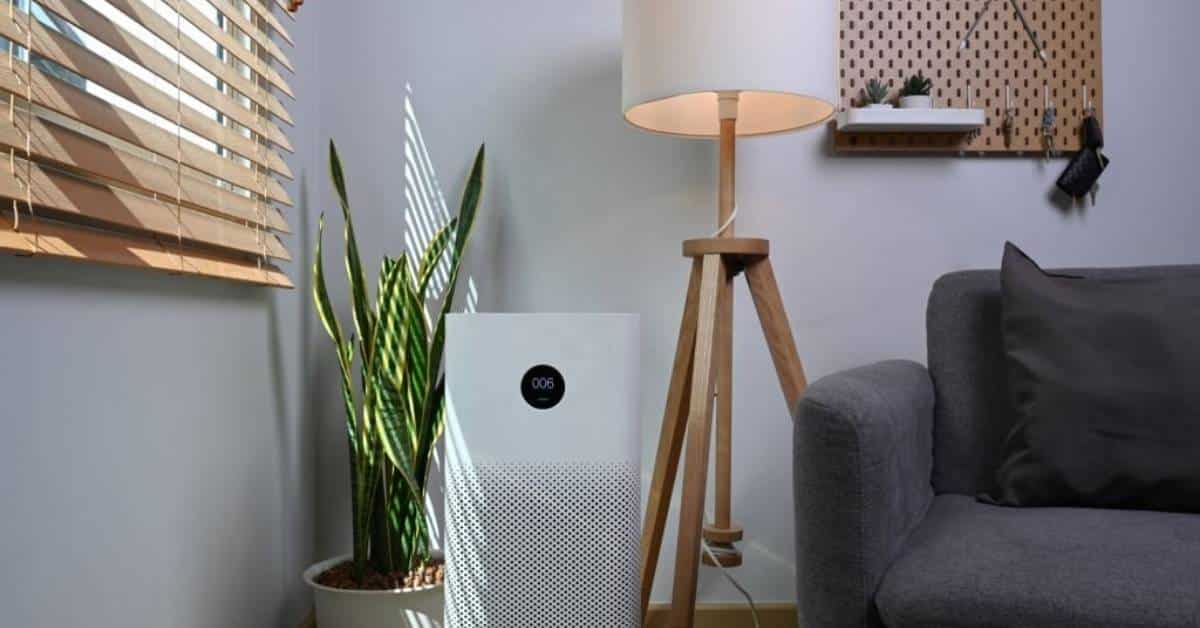
Image Source: iStockphoto
One of the most effective means of removing dust in your home is through the use of air purifiers. These devices are designed to help in the aspect of improving indoor air quality. Through the use of high-quality air purifiers, you would be able to reduce the presence of airborne contaminants in your air.
Learn more about these air purifiers, and see how they can help in getting rid of the dust problems in your living spaces.
Why Is An Air Purifier Important For Improving Air Quality?
As mentioned, air purifiers can help improve one's indoor air quality. In fact, the main function of this machine is to get rid of various pollutants that make your air dirty, smelly, or unbearable to breathe.
The performance of these air purifiers is better than vacuums and other cleaning methods. After all, these devices target the air directly, which is the very medium where dust, allergens, and pathogens are being carried throughout your home. As long as there's an air purifier in your home, the air you inhale will be safe from these contaminants, regardless of their source.
Air Purifiers for Dust
If you have a dust problem in your home, then investing in an air purifier is a must. Aside from vacuuming, it is the air purifiers that deal with the contaminant much more comprehensively.
Keep in mind that dust tends to float in the air rather than settle on the surfaces. Air purifiers draw air into its system. Once there, its filters would do their job in removing as many types of contaminants present in the air. In fact, most air purifiers are designed to capture dust. So once you have these appliances in your home, dust won't become an issue.
However, not all air purifiers have the same performance. In a short while, we will discuss how to choose an air purifier for dust removal.
Are Air Purifiers for Pollutants Safe?
Air purifiers are generally safe to use. These devices use the tested-and-proven filtration system to capture different contaminants in the air. Essentially, they operate without generating any residue in the air.
At the same time, high-quality air purifiers have added functionalities, such as electrocharged filters, to enhance their performance. Again, this doesn't induce any harmful contents in the air you breathe.
The only air purifier that you need to watch out for are these ozone generators. They generate ozone, which is a gaseous compound that is said to neutralize airborne contaminants. While the concept is ideal, ozone remains to be a lung irritant. Inhaling it in large quantities can cause respiratory problems. In fact, the Environmental Protection Agency issued a warning against the use of ozone generators.
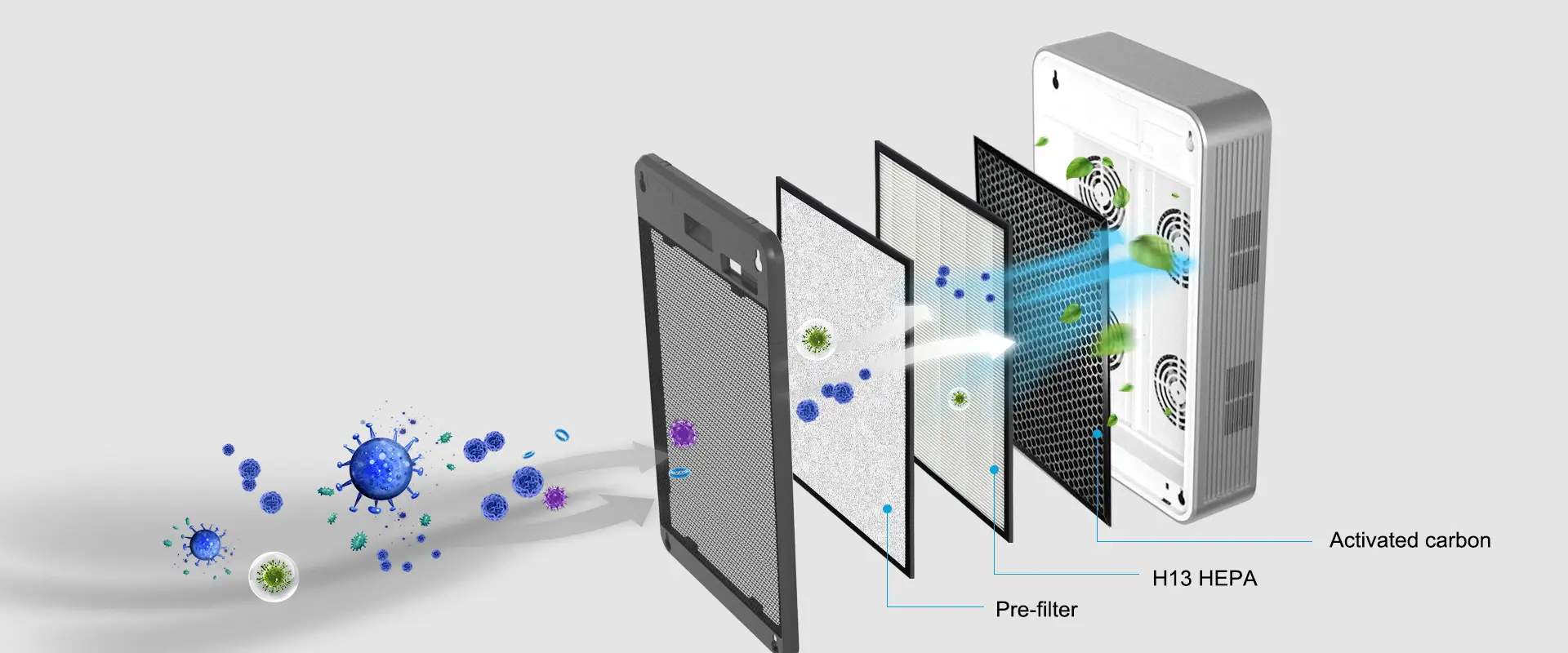
How Do Air Purifiers Work to Remove Dust?
Standard air purifiers use filtration systems to remove different contaminants floating in the air. Technically speaking, there are at least three filters included in these air purifiers: HEPA filter, pre-filter, and carbon filter.
It is the pre-filter that captures large debris, such as pet hair. In some cases, they can also capture dirt and dust if they are big enough to be filtered. The one that deals with the microscopic dust is the HEPA filter, which is a specialized media that is capable of trapping 99.9 percent of particles that are as small as 0.3 microns.
In this sense, HEPA filters can remove pathogens and allergens. At the same time, it can also deal with the invisible dust circulating in your rooms. Meanwhile, the carbon filters are the ones that eliminate odorous substances, chemicals, and volatile organic compounds.
Removing Dust by Air Purifiers: Step-By-Step
Below is an overview of how filter-based air purifiers work. The process is simple but is effective enough in ensuring the cleanliness of the air you breathe.
- The air purifier uses its fan to draw the air inside it.
- Once the air passes through its intake, it will pass through several layers of filter.
- It is the pre-filter and HEPA filter that comprehensively removes dust and dirt from the air.
- After the air passed through the filters, it would be released back into the room.
This process is repeated to ensure that the indoor air in your rooms and living spaces remains clean and free from harmful particles.
How Long Does It Take for Dust to Settle After Removal?
There's no concrete answer to this question. We have already mentioned that dust sources are almost infinite. Even if there's an air purifier, as long as there's an opportunity for dust to come in inside your house, it will not disappear.
Because of this, it is essential that you also ensure that your home is dust-proof as much as possible. While this seems impossible, there are ways you can do this.
The only guarantee here is that as long as there's an air purifier in your home, the presence of dust will be minimized. It might even reduce the need for you to clean from time to time. That alone is a benefit that only air purifiers can provide.
But then again, not all air purifiers work the same. So in the next section, we will briefly discuss how you should choose an air purifier for dust removal.
Things to Consider When Buying an Air Purifier for Dust
The following are some of the essential considerations when choosing an air purifier for dust removal. Just follow these guidelines, and you will certainly get an air purifier that works for your needs.
- Coverage - Air purifiers vary when it comes to coverage. Some air purifiers are designed for large rooms, while others are limited to small areas. Make sure that the air purifier you get is rated to work on the square footage of your room. For instance, if your bedroom is about 400 square feet, then the air purifier must be rated to work at least 400 square feet of space. The bigger its coverage, the better.
- Types of filters - Here, you need an air purifier that has a pre-filter and HEPA filter. These are the filters that capture dust and debris. Regardless of the size of the dust, these filters would be able to capture them. An air purifier that doesn't have these filters won't give you the dust removal performance that you need for your space.
- Clean air delivery rate - The clean air delivery rate (CADR) of an air purifier specifies the capability of an air purifier to deal with specific contaminants: dust, pollen, and smoke. The higher the CADR rating of an air purifier, the more comprehensive its performance against common household contaminants, such as dust. By the way, larger air purifiers have higher CADR numbers than their counterparts.
How to Minimize Dust After Removal?
As mentioned, it is impossible to fully remove dust in your home, even if you have an air purifier. The next best option you have here is to ensure that dust presence is minimal. Here are some ways you can do it.
-
- Take off your shoes - Dust is unavoidable, but you can remove most of it by taking off your shoes when you reach your home. Experts recommend taking off your shoes, especially if you come from somewhere that is rich in soil and ground dirt.
- Put a mat - A mat is an essential amenity that can prevent the entry of dust in your home. Rugged mats should be placed in the front door so that people would be able to wipe their feet and shoes before they can enter. Don't forget to shake them from time to time to remove the dust build-up on them.
- Change the AC filters regularly - You should change the filters of your air conditioner at least every three months. But you can make the cleaning more frequent if you think that there's too much dust in your home.
- Clean the beddings regularly - Don't ever think that the mattress is safe from dust build-up. Over time, it will gather different types of dirt, ranging from dust mites, dander, dead skin flakes, and other tinny stuff. Hence, don't forget that you should clean it regularly, including the pillows and blankets.
- Vacuum regularly - Don't forget that you should vacuum your rooms regularly. High-traffic areas, such as the kitchen and hallways, should be vacuumed every other day. Other areas should be vacuumed once every week.
Other Ways to Remove Dust in the Air
Dust can be a serious hazard in homes, causing allergies, itchy eyes, and possible lung damage. Because dust can travel so quickly, it is best to keep your house as dust-free as possible. Here are some tips to help you make your home a safe place:
Pet Care is a Must
You'll be surprised that your pets tend to be a source of dust! Their furs and dead skin cells often generate dust. And if you can't address this matter properly, your pets will spread more dust than you expect.
One way of keeping things controlled is to keep your pets clean and trimmed. Groom your pets regularly so that their fur and dead skin cells will not accumulate. Of course, grooming your pets would make them feel better.
Proper grooming is a must for households whose pets are always outside. Their feet and paws are certain to be filled with soil that they can bring inside your homes!
Deal With Static Electricity
Interestingly, static electricity happens inside your home without you knowing. It is often present in areas that are dry. The thing about this static electricity is that it attracts dust and dirt. And not only that, it also makes the dust cling tightly to surfaces.
You'll notice that the dust build-up in dry rooms is too rigid. That's because of static electricity. Fortunately, you can solve this problem through the installation of humidifiers.
The job of these humidifiers is to add moisture to your indoor air, making it moister. Once you have a humidifier, aim to have a humidity level between 40 to 50 percent. In this way, you'll cure the dryness in your indoor air, which, in turn, reduces the proliferation of static electricity.
Dust Your Upholstery
Windows and doors are the common entrance for dust. Hence, you should pay more attention to them.
Vacuuming should not only be focused on floors. You should also do this to your curtains, couch, and any accessories with soft fibers. Dust then gathers and accumulates on them. From time to time, you should vacuum them up to ensure that they won't suffer from dust build-up.
As long as you can clean your textiles, you are already doing a major dust removal procedure. And of course, don't forget to follow this regimen regularly.
Keep Your Home Tidy
Dust often proliferates in areas where there is a lot of clutter. The more items you have in your space, the more areas the dust can settle and accumulate. At the same time, you'll never know if these items do cause dust themselves, such as textiles.
If you want to have an efficient dust removal, reduce the clutter in your living spaces first. Don't fill your home with a lot of stuff; otherwise, it would be difficult for you to keep the dust away. For instance, if you can live without carpets, then have them removed from your space.
Conclusion
As you can see, dust is a contaminant that is difficult to control and manage. It requires the help of air purifiers, as well as other cleaning methods, to keep them from ravaging the cleanliness of your house and the safety of your health.
Speaking of air purifiers, we have already mentioned that not all air cleaners you see have the same effectiveness. You have to acquire your air purifier from reputable manufacturers such as HisoAir. The latter is an international brand of medical-grade air purifiers. All of its products have met the international standards for air purification. Visit HisoAir and see all of its offerings.

